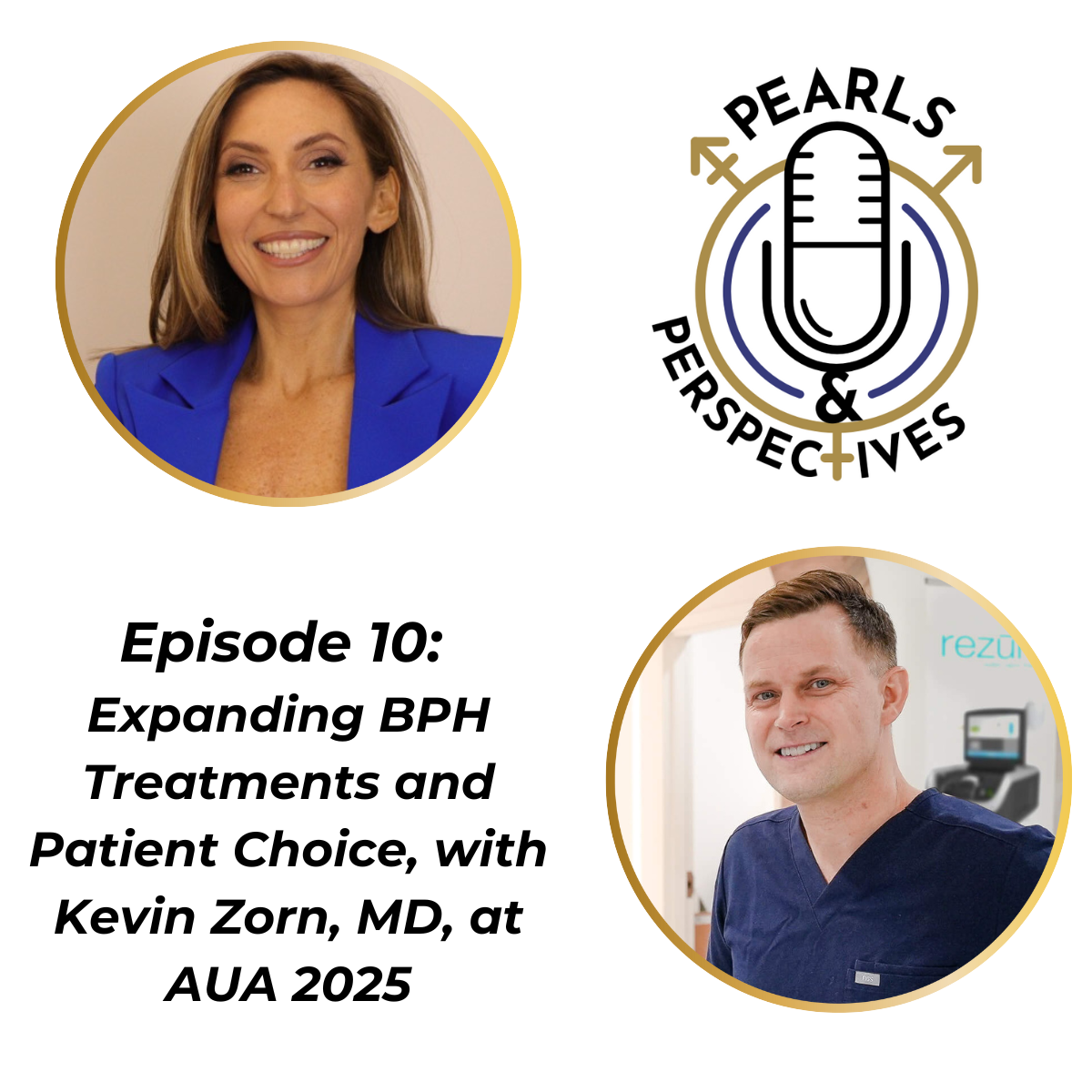Opinion
Video
Marah C. Hehemann, MD, on the prevalence and manifestation of burnout in urologists
Author(s):
Key Takeaways
- Burnout rates among urologists have dramatically increased, with female urologists reporting up to 50% prevalence in 2023.
- Symptoms of burnout include depersonalization, cynicism, and low feelings of achievement, affecting patient care and professional interactions.
"The most significant rate of burnout has increased in female urologists," says Marah C. Hehemann, MD.
In this video, Marah C. Hehemann, MD, discusses the prevalence of burnout among urologists as well as how the condition manifests itself. Hehemann gave a talk titled “Burnout/Impostor Syndrome” at the 2024 Sexual Medicine Society of North America Fall Scientific Meeting in Scottsdale, Arizona. She is an assistant professor of urology at the University of Washington – School of Medicine, Seattle.
Transcription:
How prevalent is burnout among medical professionals, and what are the most common symptoms or manifestations of this condition?
Burnout, especially, is incredibly high. Imposter syndrome hasn't been characterized as distinctly as burnout, but we have really good validated instruments to check for burnout. This is looked at in in our surveys, our Medscape surveys, our AUA Annual Census. We've seen a really dramatic increase over the past 5 years, from 2016 to 2021, and we continue to see these high rates up to 2023. The most significant rate of burnout has increased in female urologists. Up to 50% of female urologists were reporting burnout in the 2023 AUA Census, which is a huge deal. This is really affecting our population, not just female urologists, but urologists in general, and it can affect the way we take care of patients, because some of the symptoms you asked about were, how do we define burnout? These are symptoms of depersonalization, of cynicism when you're working with patients, and of low feelings of achievement, so really feeling disconnected from your work and feeling disconnected when you're talking with patients really affects how we can interact and how we can put our best foot forward when we're taking care of patients in clinic and even in the operating room. And I would say it also extends to—this hasn't really been looked at—but it also extends into how we're doing as teachers and educators, how we're able to connect with our trainees who have needs and who really require that kind of close interaction and dedication, and when we're not feeling connected, we really can't be as dedicated as we should be.
This transcript was AI generated and edited by human editors for clarity.
Newsletter
Stay current with the latest urology news and practice-changing insights — sign up now for the essential updates every urologist needs.

















